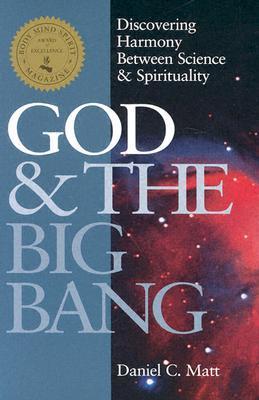
The Big Picture: On the Origins of Life, Meaning, and the Universe Itself
Book Description
What if the keys to understanding existence are hidden in plain sight? In "The Big Picture," Sean Carroll takes you on a breathtaking journey through the cosmos, exploring the origins of life, the meaning behind our experiences, and the fundamental laws that govern the universe. With each turn of the page, the intricate dance of particles and the vastness of time weave a story that challenges everything we think we know. As science collides with philosophy, profound insights emerge, urging us to question our place in this magnificent tapestry. Are you ready to unravel the mysteries of reality?
Quick Book Summary
"The Big Picture" by Sean Carroll explores the deepest questions about existence, blending physics, philosophy, biology, and meaning into a coherent narrative. Carroll introduces the concept of "poetic naturalism," an approach that respects both the cold facts of science and the rich tapestry of human experience. He takes the reader through the evolution of the universe, the emergence of life, and the development of consciousness. By making complex scientific concepts accessible, Carroll challenges readers to reflect on morality, purpose, and meaning within a universe driven by fundamental physical laws. The book ultimately argues that while the universe may be indifferent, humans can construct meaning and values through understanding and choice, weaving science and philosophy into a profound perspective on life.
Summary of Key Ideas
Table of Contents
The Nature of Reality and Emergent Complexity
Sean Carroll begins by laying out a scientific picture of the universe. He explains how the universe operates according to well-established fundamentals, such as quantum mechanics and the laws of physics, which govern everything from the smallest atoms to the largest galaxies. He emphasizes that reality is layered, with complexity emerging from superficially simple rules over cosmic timescales. Carroll introduces the concept of "emergent phenomena"—complex outcomes that arise from basic interactions—setting the stage for considering how life and consciousness can exist in a universe driven by impersonal laws.
Poetic Naturalism as a Worldview
The book introduces 'poetic naturalism' as a philosophical framework. Carroll contends that while science is the best tool for understanding the objective facts about reality, it does not eliminate the richness of human experience. Poetic naturalism recognizes that different ways of describing the world can be equally valid, depending on context. Through this perspective, Carroll argues that multiple overlapping "stories" (like physics, biology, and psychology) can coexist without contradiction, each offering insights at different levels of description.
The Origins of Life and Consciousness
Carroll explores the origins of life, consciousness, and complexity, bridging physics and biology. He describes how life is a natural result of the organization of matter and energy, due to entropy and the tendency toward increasing complexity under certain conditions. Consciousness, he asserts, is a higher-level emergent property, explainable by known physical laws yet not reducible to simple equations. Carroll engages with the philosophy of mind, debunking dualism and fostering an appreciation for the scientific study of consciousness within the material universe.
The Meaning and Purpose in a Scientific Universe
Turning to meaning and morality, Carroll addresses the apparent contradiction between a mechanistic universe and the search for purpose. He suggests that meaning is not intrinsic to the cosmos but is constructed by conscious beings through shared narratives, values, and goals. Morality does not require supernatural underpinnings; instead, humans create ethical frameworks that guide action and foster flourishing. Carroll illustrates how purpose can arise organically from interactions among conscious agents, relying on empathy, reason, and shared experiences.
Bridging Science and Human Values
Finally, Carroll examines how science and philosophy together enhance our understanding of existence and our place within it. He advocates for humility, curiosity, and openness, encouraging readers to accept uncertainty and enjoy the beauty of the natural world. Carroll concludes that by embracing poetic naturalism, individuals can balance scientific truth with personal significance, constructing fulfilling lives in an indifferent but wondrous universe. The book ultimately serves as a call for meaning and morality rooted in knowledge and choice, rather than cosmic design.
Download This Summary
Get a free PDF of this summary instantly — no email required.





